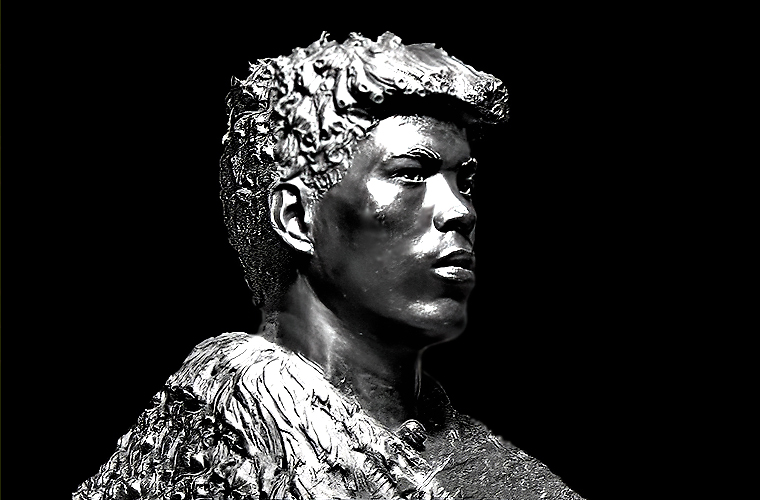Esteban was a Moroccan who was enslaved during the early modern period. His life is a testament to the horrors of the transatlantic slave trade and the brutal treatment of enslaved people. Esteban’s story begins in Morocco, where he was born in the late 16th century. He was likely captured by Portuguese or Spanish slave traders and transported across the Atlantic to the New World. It is unclear exactly when or where he arrived, but it is believed that he ended up in what is now Mexico.
Like many enslaved people, Esteban was forced to work on a plantation. He was likely subjected to grueling labor, harsh punishments, and poor living conditions. Enslaved people were considered property and had no legal rights, which meant that they could be bought, sold, and traded at will. Despite his difficult circumstances, Esteban managed to make a name for himself. He was known for his intelligence, strength, and courage, and he quickly became a valuable asset to his owners. He was eventually sold to a Spanish explorer named Álvar Núñez Cabeza de Vaca, who was on a mission to explore what is now the southwestern United States.
Esteban accompanied Cabeza de Vaca on his journey, acting as a guide and interpreter. He was fluent in several indigenous languages, which made him an invaluable asset to the expedition. However, his status as an enslaved person meant that he was still subject to the whims of his owner. The expedition was fraught with danger and hardship. The group encountered hostile indigenous groups, harsh weather conditions, and food shortages. Esteban played a crucial role in helping the group survive, but he also faced his own challenges. He was often forced to negotiate with indigenous groups on behalf of the expedition, which put him in danger.
Despite these challenges, Esteban managed to win the respect and admiration of many of the people he encountered. He was known for his bravery and his ability to bridge cultural divides. However, his status as an enslaved person meant that he was always at risk of being sold or traded away. Esteban’s journey with Cabeza de Vaca lasted for several years. Eventually, they reached what is now Mexico City, where they were greeted as heroes. However, Esteban’s life took a tragic turn shortly thereafter. He was sent on a mission to explore what is now Arizona, but he was killed by the Zuni people during the expedition.
Esteban’s legacy lives on today as a symbol of resilience and courage in the face of oppression. His story serves as a reminder of the horrors of slavery and the enduring legacy of colonialism. While we can never fully understand the struggles that Esteban faced, we can honor his memory by working to create a more just and equitable world.

